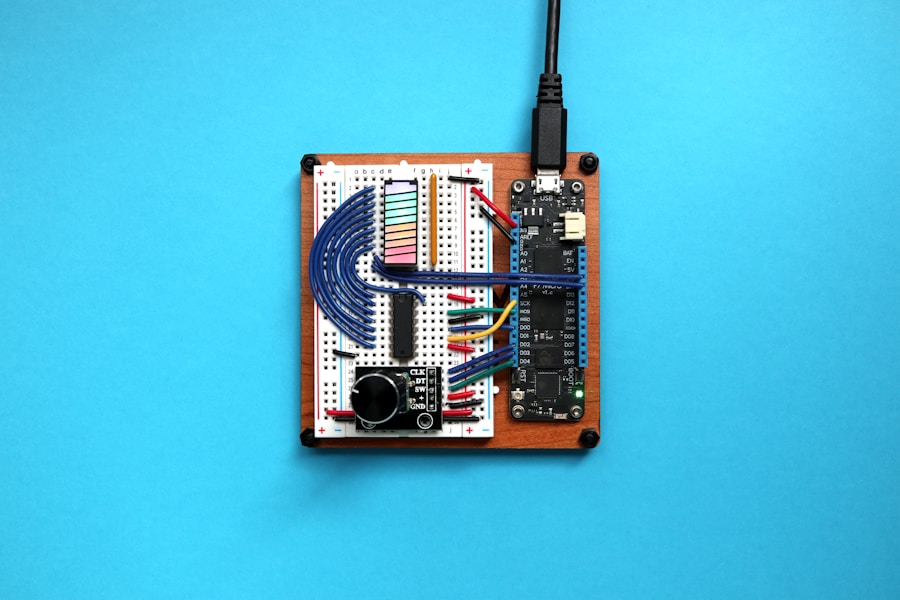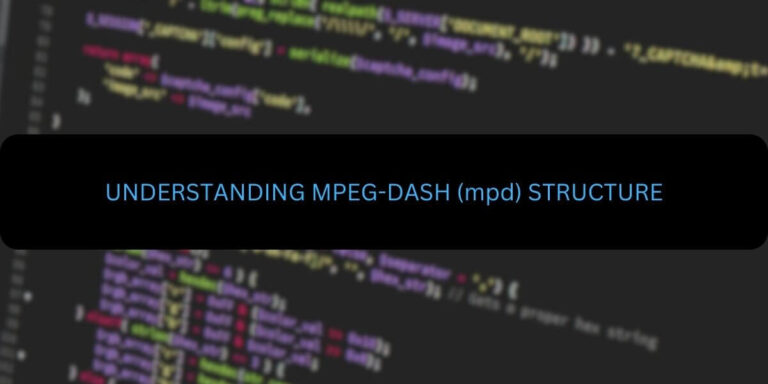Optimizing Your Viewing Experience: Exploring the Best Video Codecs for DTH and OTT Platforms
Video codecs are essential components in the world of digital television and over-the-top (OTT) platforms. They are responsible for encoding and decoding video data, ensuring that the content is delivered in a format that is compatible with various devices and networks. In simple terms, a video codec is a software or hardware that compresses and decompresses digital video. This compression is necessary to reduce the size of video files, making it easier to transmit and store them. Without video codecs, the delivery of high-quality video content over DTH and OTT platforms would be nearly impossible.
When it comes to DTH (Direct-to-Home) and OTT (Over-the-Top) platforms, the choice of video codec is crucial. It can have a significant impact on the quality of the viewing experience, as well as the efficiency of content delivery. Therefore, it is essential for broadcasters and content providers to have a good understanding of video codecs and their role in the delivery of digital video content. By understanding the basics of video codecs, they can make informed decisions when choosing the right codec for their specific needs.
Choosing the Right Video Codec for Your Content: Factors to Consider
When choosing a video codec for DTH and OTT platforms, there are several factors that need to be taken into consideration. One of the most important factors is the compatibility of the codec with different devices and networks. The chosen codec should be able to deliver high-quality video content across a wide range of devices, including smartphones, tablets, smart TVs, and set-top boxes. It should also be compatible with different network conditions, including 3G, 4G, and Wi-Fi.
Another important factor to consider when choosing a video codec is the efficiency of compression. The codec should be able to compress video data without compromising on quality. This is particularly important for DTH and OTT platforms, where bandwidth is often limited. A codec that can efficiently compress video data can help reduce the amount of bandwidth required for content delivery, resulting in cost savings for broadcasters and content providers. Additionally, the chosen codec should support advanced features such as adaptive bitrate streaming, which can help optimize the viewing experience for users with varying network conditions.
Comparing Popular Video Codecs: H.264, H.265, and VP9
There are several popular video codecs that are commonly used in DTH and OTT platforms, including H.264, H.265, and VP9. Each of these codecs has its own strengths and weaknesses, making them suitable for different use cases. H.264, also known as AVC (Advanced Video Coding), is one of the most widely used video codecs in the industry. It offers good compression efficiency and is compatible with a wide range of devices and networks. However, it is not as efficient as newer codecs such as H.265 and VP9.
H.265, also known as HEVC (High Efficiency Video Coding), is a newer video codec that offers improved compression efficiency compared to H.264. It can deliver higher quality video at lower bitrates, making it ideal for DTH and OTT platforms where bandwidth is limited. However, H.265 requires more processing power for encoding and decoding, which can be a drawback for some devices. VP9 is another popular video codec that is developed by Google. It offers good compression efficiency and is optimized for web-based video delivery. It is particularly well-suited for streaming high-quality video content over the internet.
Optimizing Video Quality and Bandwidth: The Role of Video Codecs
One of the key roles of video codecs in DTH and OTT platforms is to optimize video quality and bandwidth usage. By efficiently compressing video data, codecs can help deliver high-quality video content while minimizing the amount of bandwidth required for transmission. This is particularly important for OTT platforms, where content is delivered over the internet and bandwidth is often limited. A good video codec can help ensure that users receive a smooth and high-quality viewing experience, regardless of their network conditions.
In addition to optimizing bandwidth usage, video codecs also play a crucial role in ensuring that content is delivered in the most efficient manner possible. This includes supporting advanced features such as adaptive bitrate streaming, which allows content to be delivered at different quality levels based on the user’s network conditions. By dynamically adjusting the bitrate of the video stream, adaptive bitrate streaming can help optimize the viewing experience for users with varying network conditions, ensuring that they receive the best possible quality without buffering or interruptions.
Implementing Video Codecs for DTH and OTT Platforms: Best Practices
When implementing video codecs for DTH and OTT platforms, there are several best practices that broadcasters and content providers should follow. One of the most important best practices is to conduct thorough testing of different codecs to determine which one best suits their specific needs. This may involve testing the performance of different codecs under various network conditions and on different devices to ensure compatibility and quality.
Another best practice is to stay updated with the latest developments in video codec technology. As new codecs are developed and existing ones are improved, it is important for broadcasters and content providers to stay informed about these advancements. This can help them make informed decisions when choosing a video codec for their specific needs, ensuring that they are able to deliver high-quality video content efficiently.
Future Trends in Video Codecs: What to Expect in the Industry
The future of video codecs in the DTH and OTT industry looks promising, with several trends expected to shape the landscape in the coming years. One of the most significant trends is the continued development of advanced codecs that offer even better compression efficiency and quality. This includes ongoing improvements to existing codecs such as H.265 and VP9, as well as the development of new codecs that are optimized for specific use cases.
Another trend to watch out for is the increasing adoption of next-generation video technologies such as 4K and HDR (High Dynamic Range). These technologies require more efficient compression methods to deliver high-quality content over DTH and OTT platforms, making them an important driver for advancements in video codecs. As 4K and HDR content becomes more prevalent, we can expect to see new codecs that are specifically designed to support these technologies.
Enhancing the Viewing Experience with the Best Video Codecs
In conclusion, video codecs play a crucial role in delivering high-quality video content over DTH and OTT platforms. By efficiently compressing video data, codecs can help optimize bandwidth usage while ensuring that users receive a smooth and high-quality viewing experience. When choosing a video codec for DTH and OTT platforms, it is important to consider factors such as compatibility, compression efficiency, and support for advanced features such as adaptive bitrate streaming.
As technology continues to evolve, we can expect to see advancements in video codecs that offer even better compression efficiency and support for next-generation technologies such as 4K and HDR. By staying informed about these developments and following best practices for implementing video codecs, broadcasters and content providers can ensure that they are able to deliver high-quality video content efficiently across a wide range of devices and networks. Ultimately, the right choice of video codec can enhance the viewing experience for users, making it an essential component in the world of digital television and OTT platforms.






